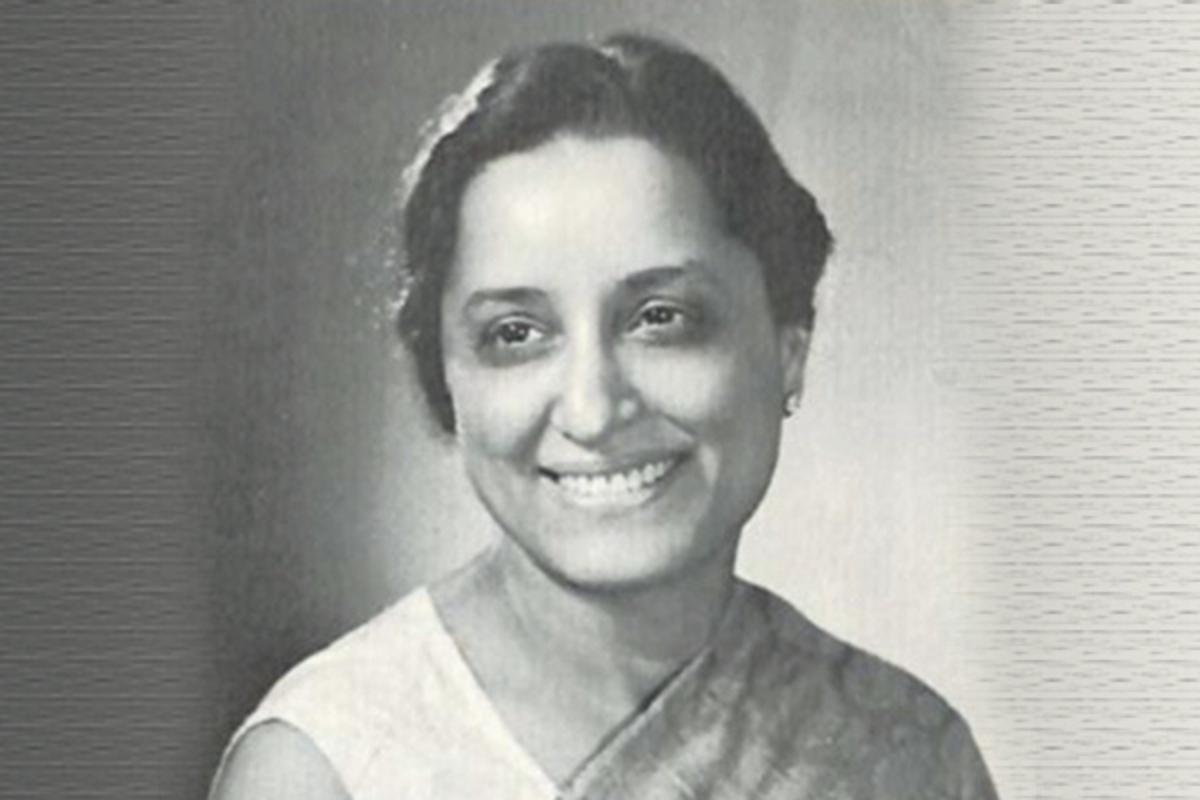Articles for Tumbe
)
3 years, 9 months ago

3 years, 11 months ago
)
4 years ago
)
4 years, 1 month ago

5 years, 5 months ago